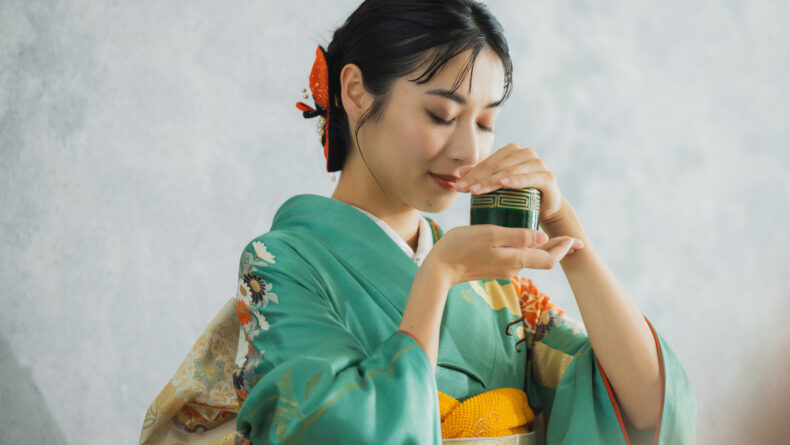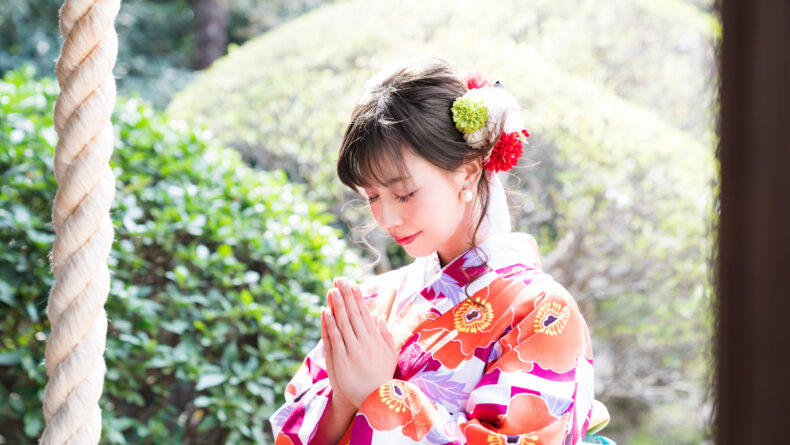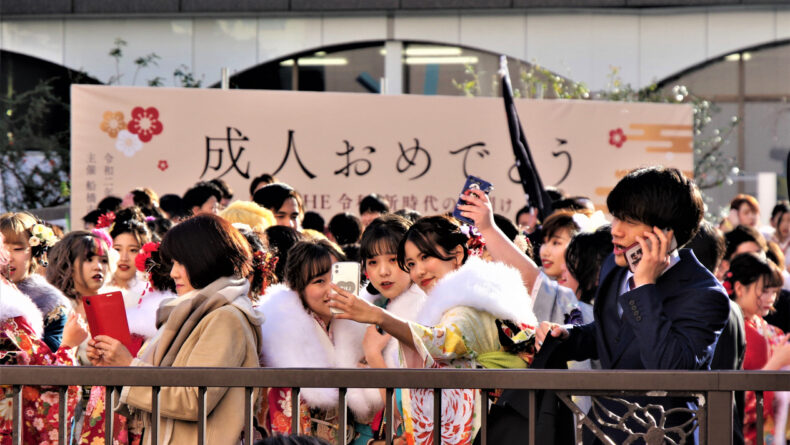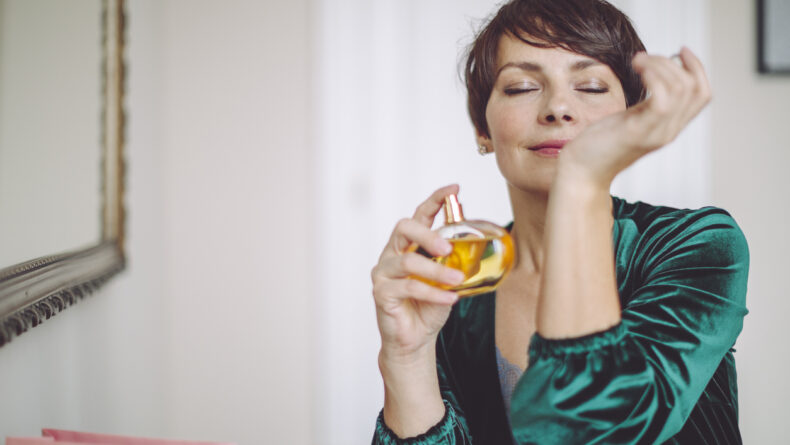Why Blonde-Haired, Blue-Eyed Sailor Moon Is Neither White Nor Japanese
A Drawing Of Usagi As Asian Set Off A Multinational Twitter Debate
An online challenge to redraw the beloved character in one’s own style sparked a kerfuffle among users that drew them into the eternal question of why Japanese anime characters look white to them.
Earlier this year, a Twitter storm erupted over drawings of Japan’s eternal anime superheroine, Sailor Moon (セーラームーン). A redraw of the blonde-haired character that gave her Asian facial features drew rapt approval from Twitter users writing in English, before a swift backlash from Japanese and other Asian users who decried it as stereotyping. At the heart of the storm is a question of how manga readers (or anime viewers) identify characters’ race, or to put it another way—“Why do Japanese anime characters look white?”
Why do Japanese anime characters look white?
Living on the moon
Pretty Warrior Sailor Moon is the star of a manga created by Japanese artist Naoko Takeuchi, which was published from 1992 to 1997 along with a TV anime. The 14-year-old character, who is also known as Usagi Tsukino (or as Serena Tsukino in English-dubbed anime), has big round blue eyes, incredibly long blonde ponytails, an adorable maritime-inspired outfit and is the prototype for Japan’s female superheroines. If you met her on the street, you might think she is Caucasian—but then again, you never will meet this fictional character on the street.
Anyway, according to the storyline, she comes from an ancient civilization that lived on the moon.
A Twitter dustup
In July 2019, a Korean artist started the #sailormoonredraw challenge by posting to Twitter a still shot of the anime character and an original drawing of her, and encouraging other artists to join in by posting versions drawn in their own styles. Pictures posted to the thread accumulated likes and retweets in the thousands, but in May this year that jumped to the 10,000s as Japanese illustrators, including some famous ones, got involved.
It was all good artistic fun until self-confessed fan (non-Japanese) Silverjow posted a picture of Sailor Moon with Asian facial characteristics. It’s a striking and beautiful image, and it received rapt praise in tweets posted in English. Though it has since been erased, the same drawing with black hair was posted at the same time.
#원작장면_내_그림체로_그리기 pic.twitter.com/71ryZ6qjnz
— 오늘 (@O_NL44) July 2, 2019
“She should look Japanese”
Among the many replies, one typical view was expressed by Twitter user Grant who wrote, “This is the best version, Silverjow, because Sailor Moon is an anime character, and anime has Japanese origins. So, she *should* look Japanese or Asian!”
In response to both of those posts, “Twistedsmiles” posted a translated version of two Japanese responses to Silverjow’s drawing. The first of those goes like this: The Sailor Moon redraw thing was fun until “anime looks like white” kinda talk came out again, which makes me so nauseous. That’s the worst racism a few westerners do. Which is, thinking that diversity is putting a stereotype character who has straight-cut bobbed hair with slant eye, into a creation.
The Japanese version of the post has been retweeted about 4,850 times and liked at least 12,000 times.
artist: draws art
americans: omg,, thank you for making her look asian 🥺🥺🥴
asians: ….. she… what?— canna 星の花 ✩ ART RAFFLE (@cannacae) May 20, 2020
Racial signifiers in the eye of the beholder
Why were people reacting so differently? Well, just as beauty is in the eye of the beholder, so are racial signifiers.
Cultural anthropologist and associate professor in the Department of Manga Production at Kyoto Seika University‘s Faculty of Manga in Japan, Rachel Thorn (a.k.a. Matt Thorn) explains it with the concept of “markedness” and “unmarkedness,” which was used by linguist Roman Jakobson.
Basically, in a society where the majority is white, those facial features become the standard or default. To deviate from that norm and create a character that appears Asian, one, therefore, needs to add what is perceived as an Asian characteristic, such as almond-shaped eyes or straight black hair. Considering the range of hair colors and types you see when you go anywhere in Japan, you understand that these markers are inherently stereotypical.
In Japan, the default persona is that of a Japanese, so two dots and a horizontal line within a circle will be understood by people here as a Japanese face. Japanese don’t need to assert their Asianness, Thorn tells us, because they are not a racial minority in their own country. This also explains why people looking at Silverjow’s picture in multiracial countries, where Asian people are a minority, view the Asian version of Sailor Moon as empowering to Asian people, rather than stereotyping them.
By the way, according to Silverjow’s Twitter posts, he is Asian and modeled his drawing on his sister.
How it works
To quote Thorn directly, “Unless the characters are clearly identified as foreign, Japanese readers see them as Japanese, and it would never occur to most readers that they might be otherwise, regardless of whether non-Japanese observers think the characters look Japanese or not.”
The theory is maintained on the flipside, too. “When non-Japanese characters appear in a manga in which most characters are Japanese, that character will be differentiated from the others with stereotyped racial markers of some kind. For example… A European character may be shown with a pronounced nose and jutting jaw,” she explains. This means that Westerners get stereotyped in Japanese manga and anime all the time. And speaking as a member of that minority, it feels pretty crap.
That Japanese Man Yuta shows us in one of his fabulous vox populi videos exactly how Thorn’s explanation works. In answer to his questions about the nationality of various anime characters that he shows them, the Japanese interviewees typically either see the characters as pretty much all Japanese (the default), or search for other racial signifiers.
Mukokuseki
Crazy hair colors and racial ambiguity also help create a characteristic of Japanese anime and manga called mukokuseki (無国籍) or “without state.” Sailor Moon is a prime example as that lack of definition allows her to cross national borders as she protects the entire solar system from evil together with four other pretty guardians: Sailor Mercury, who has blue hair, Sailor Mars (black hair), Sailor Jupiter (brown hair) and Sailor Venus (yellow hair).
Sailor Moon is a prime example as that lack of definition allows her to cross national borders as she protects the entire solar system[…]
The lack of racial or nationality signifiers makes it easier for viewers worldwide from all racial backgrounds to relate to the story and imagine that it is happening where they are. The visual departure from real life also helps them enjoy the work as a fantasy.
A Rorschach Test of our racial assumptions
The (misguided) question “Why do Japanese anime characters look white?” is therefore a kind of Rorschach Test of the racial assumptions of each viewer. “They’re not ‘white’,” Thorn says, “a lifetime of conditioning has tricked your mind into thinking they look white.”
To the extent that we are all slowly indoctrinated by the codes of the cultures we live in, it’s somewhat unfair to blame those like the many English-language Twitter users who fell into the ‘stereotype’ trap over Silverjow’s picture. Especially the artist himself, who only drew Sailor Moon in line with the image he sees in the mirror every morning.
Ultimately, the debate over his artwork sparked a lot of constructive conversation that explained viewpoints on both sides. By showing race as a social construct, it shows that societies can change their understanding of it.
















Leave a Reply